The red alert procedure applied here will "race" every second, every minute to control the lowest brain damage for patients using the most modern techniques in stroke treatment such as intravenous thrombolysis, thrombectomy, aneurysm embolization with coil and flow-diverting stent, craniotomy to remove hematoma, ventricular drainage, aneurysm clipping surgery, vascular stent placement, carotid artery endovascular dissection...
Dr. Duong Quang Hai, Deputy Head of the Stroke Department (BVĐN), said that in the first 5 months of 2023 alone, more than 2,000 stroke cases were admitted for emergency treatment. Of these, 85% of patients were saved, and more than 65% of patients recovered their health and ability to work at a level close to their previous level, on the condition that patients must receive early intervention, calculated by the second and minute, to minimize brain damage.
"When symptoms such as weakness in one arm or leg, sensory disturbances in one arm or leg, crooked mouth, paralysis on one side of the face, voice changes, difficulty speaking... appear, these are the most easily recognizable signs of a stroke. In addition, there are other signs such as sudden dizziness, visual disturbances, so you should also go to the hospital for examination and early detection," Dr. Hai advised.
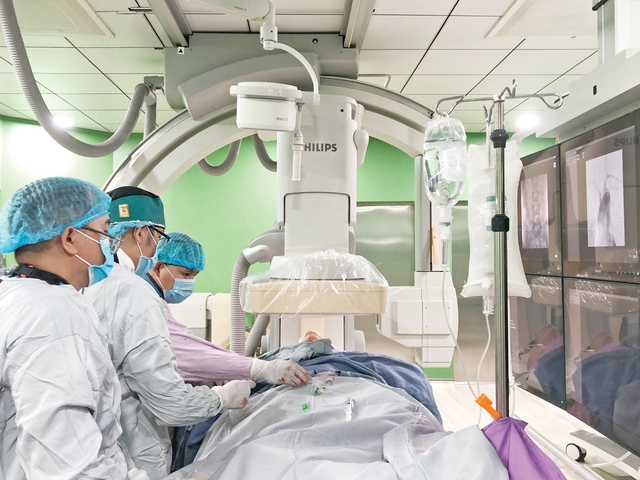
Early detection of cerebral artery thrombus removal in stroke patients
Prevent the risk of stroke recurrence
To know if you are in the high-risk group for stroke, doctors advise patients to go for a check-up and stroke screening. Specifically, check for high blood pressure, high blood sugar, vascular disorders, atherosclerosis... In particular, it will identify cerebral vascular malformations, recognize cardiovascular problems, especially arrhythmias, or stenosis, regurgitation of heart valves...
"For each stroke case, patients need to screen for the root cause such as high blood pressure, diabetes, cardiovascular disease, atherosclerosis, blood clotting disorders, large artery stenosis, etc. to have a preventive treatment regimen according to each cause," Dr. Hai advised.
Doctors also pay special attention to the fact that many patients are treated and cured, but due to subjectivity, they have recurrent strokes. Subjectivity here means arbitrarily stopping anticoagulants, drugs to prevent embolism, not having follow-up check-ups for diseases such as stenosis, embolism, cardiovascular abnormalities, etc. In particular, the abuse of functional foods and drugs advertised to prevent stroke also makes patients subjective about their high-risk condition.
"30% of people who have had a stroke will have a recurrence within 5 years. Therefore, controlling risk factors and prevention according to each cause of the disease, with monitoring and instructions from a doctor, is very important. If the cause is well controlled for each specific case, the risk of recurrence can be reduced by 80-90%," Dr. Hai advised.
Dr. Le Duc Nhan, Director of Da Nang Hospital, said that Da Nang Hospital was awarded the Platinum quality certificate by the World Stroke Organization for its efforts in emergency and stroke treatment in Vietnam over the past years. Da Nang Hospital will move towards building a Stroke Center with full functions such as stroke intervention, stroke recanalization, stroke recovery, and stroke recurrence risk. "We will prioritize the criteria of connecting and caring for patients after a stroke to help control the disease well and prevent recurrence, because the next stroke will be more severe, the risk of death will be higher, and the probability of nerve damage causing paralysis will be more severe...", Dr. Le Duc Nhan said.
Source link



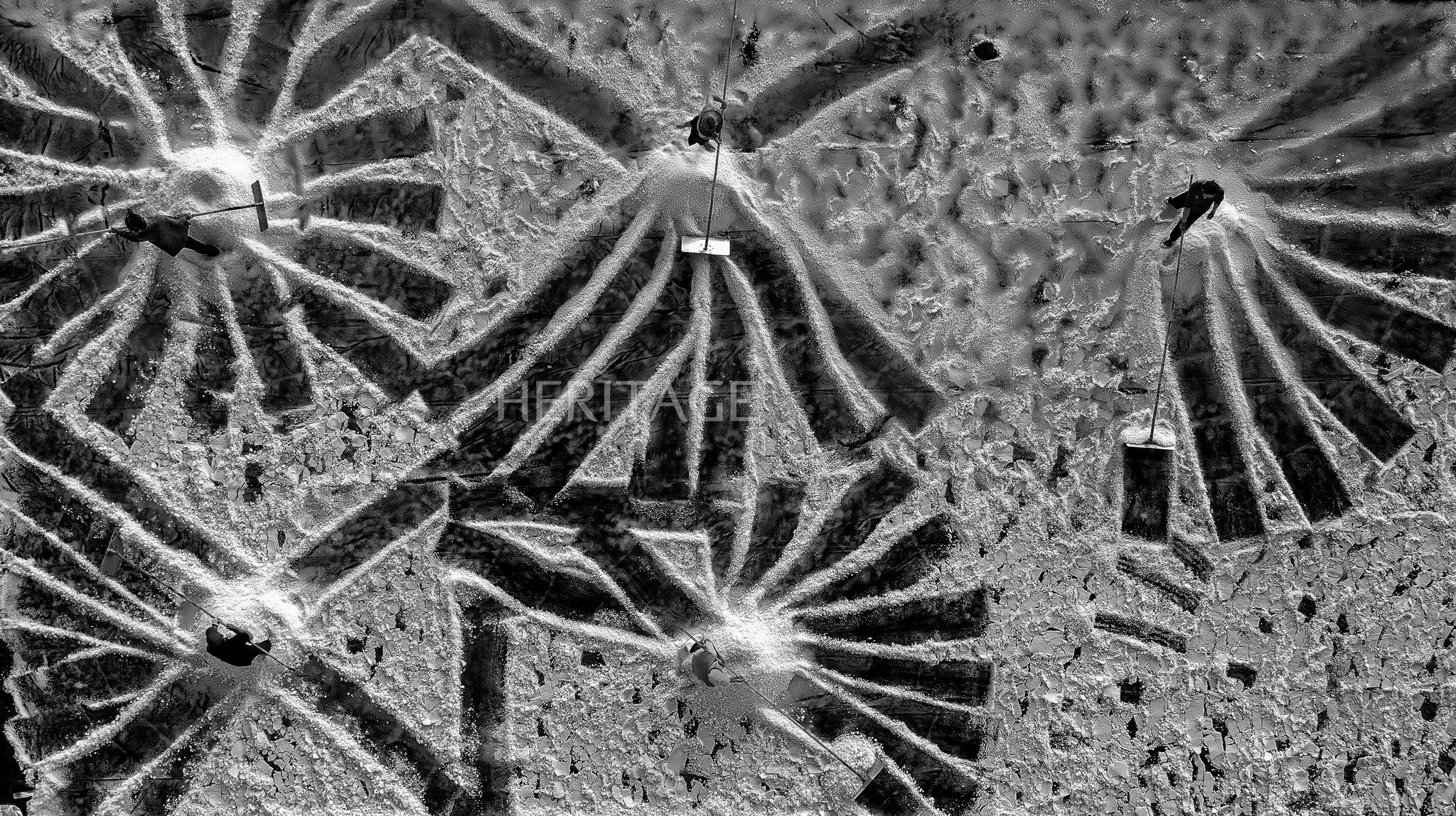




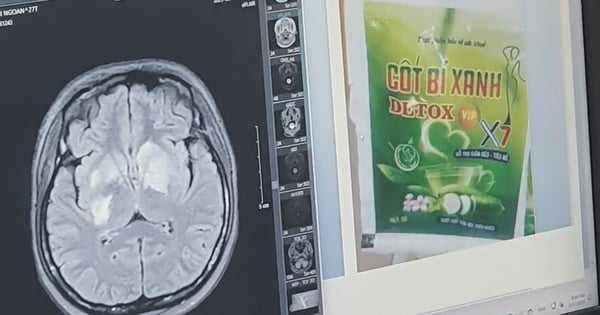

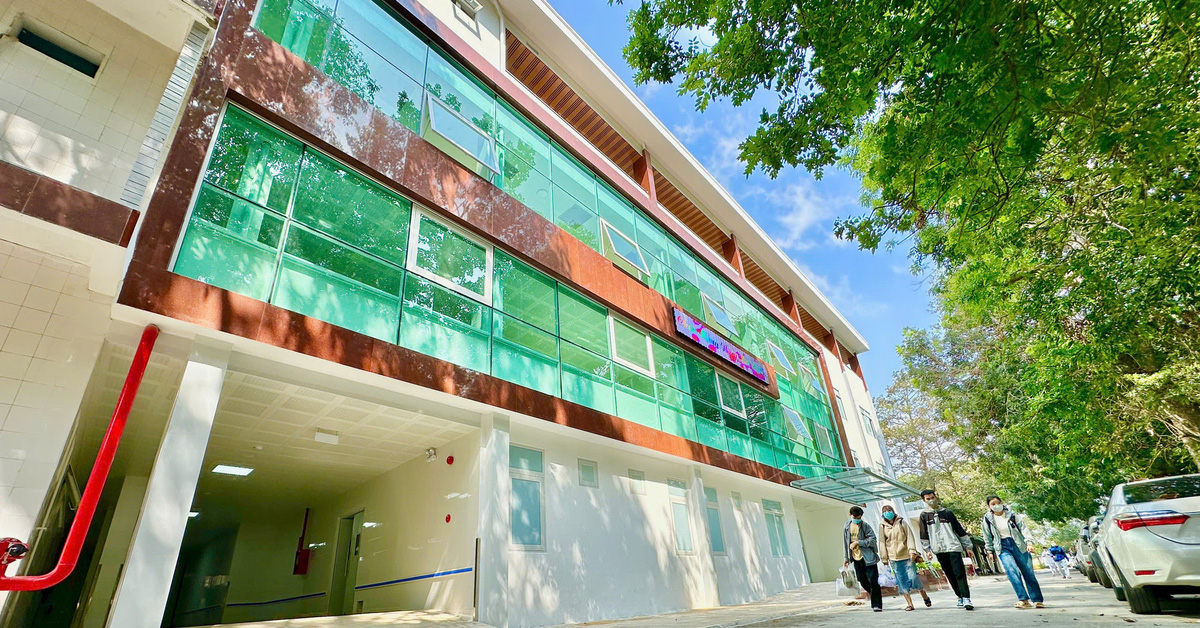

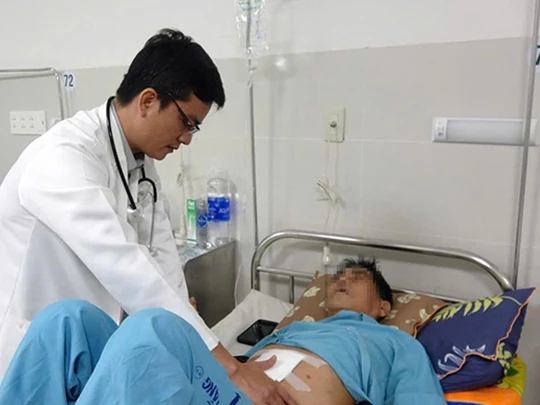

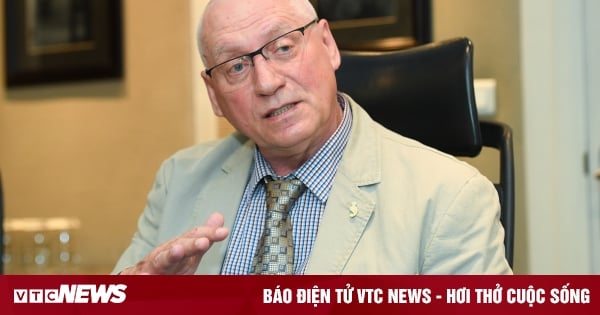

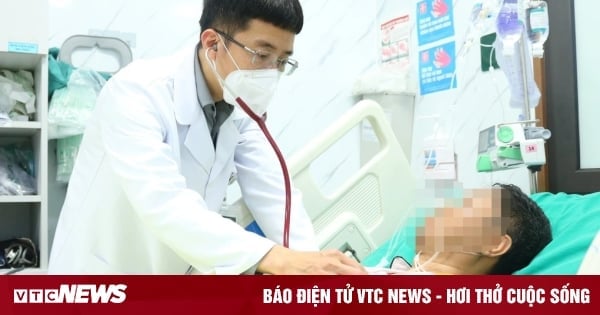
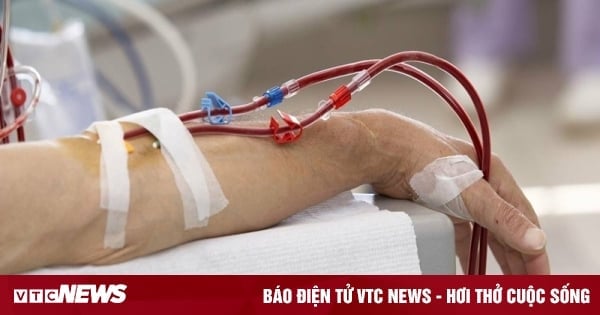

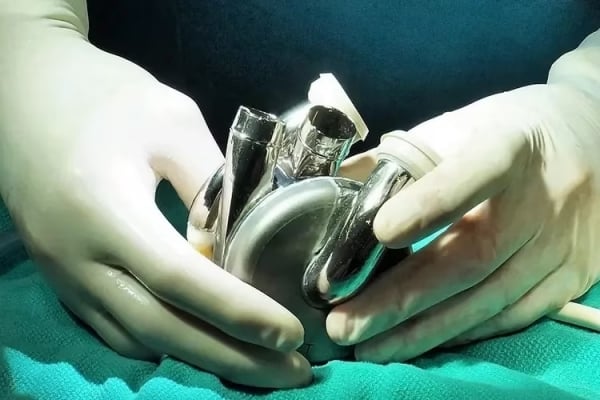

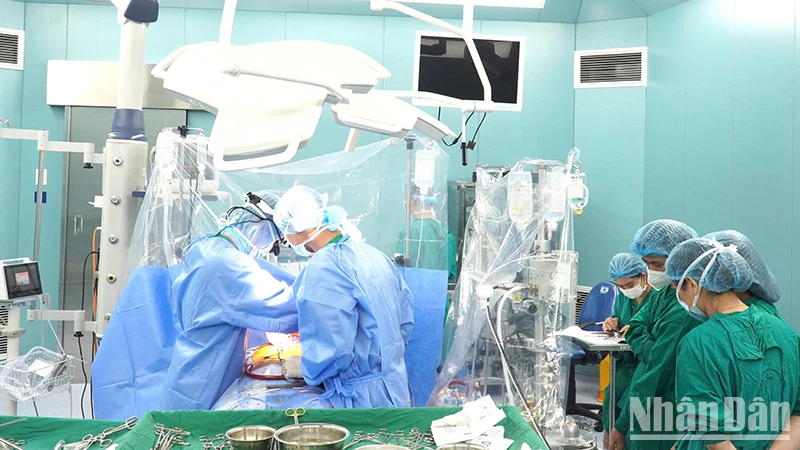

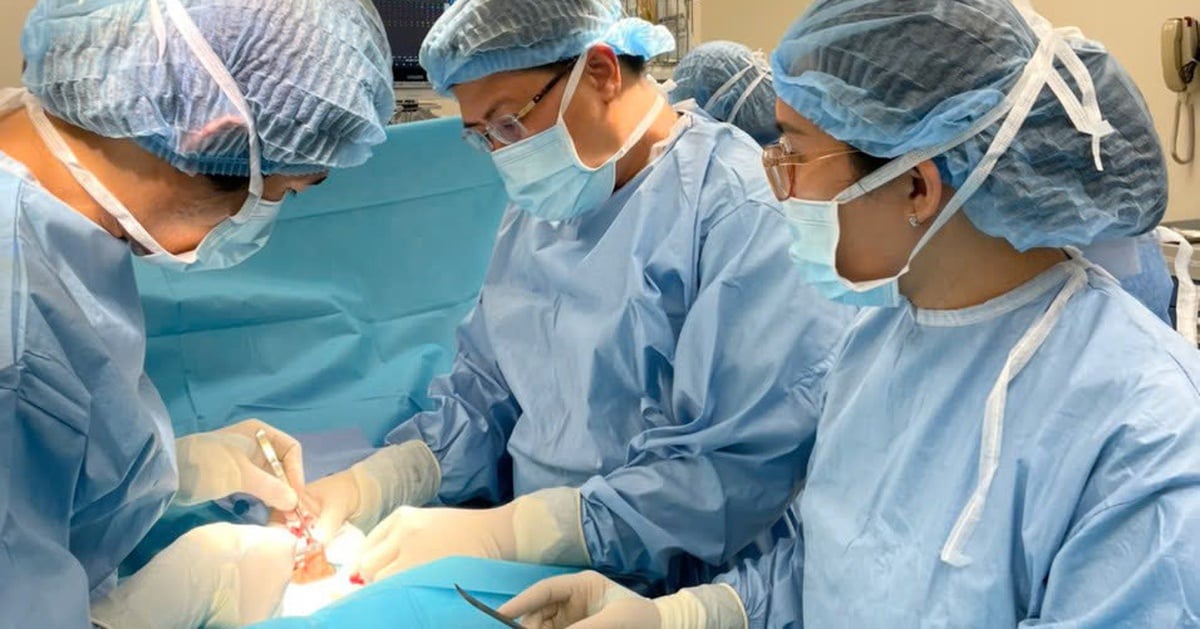
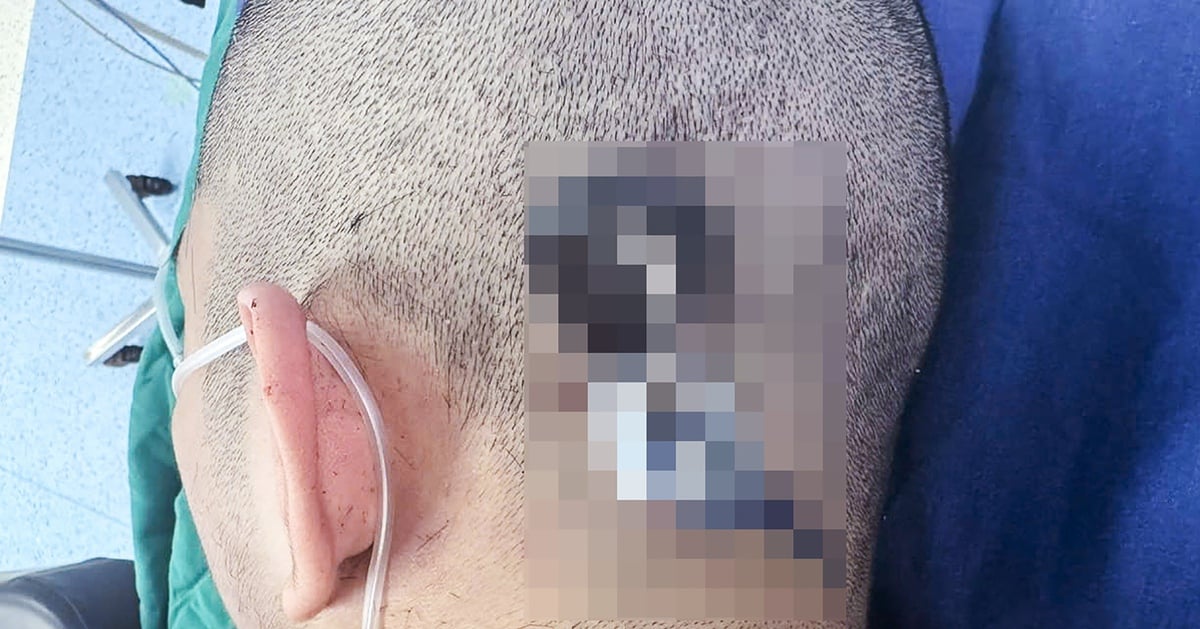
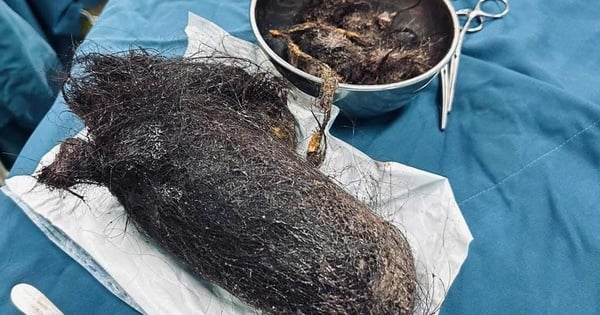

























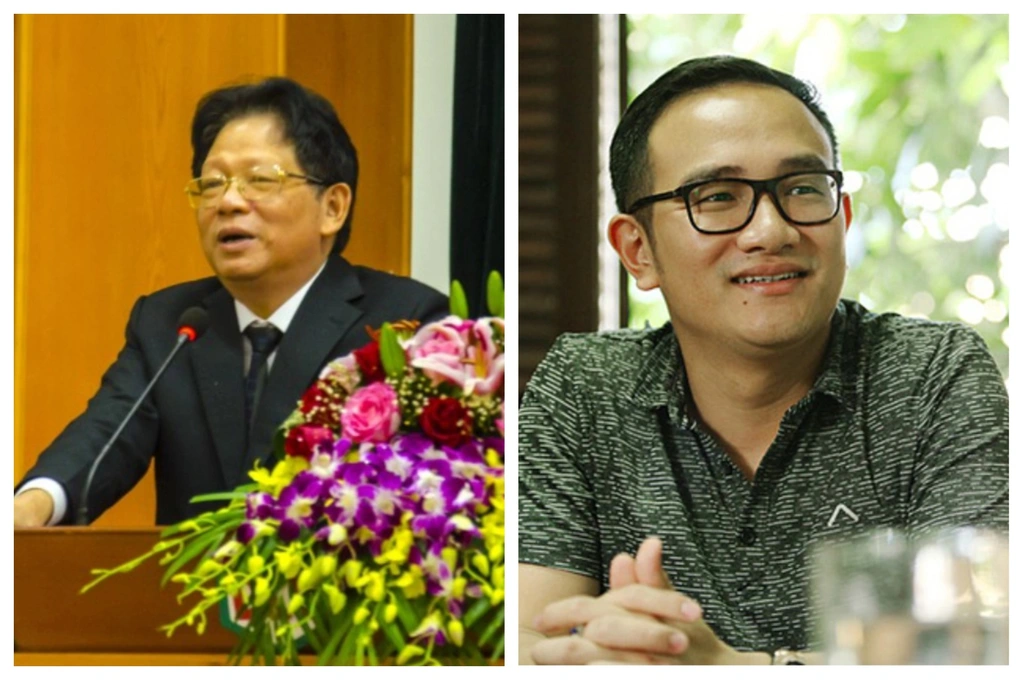



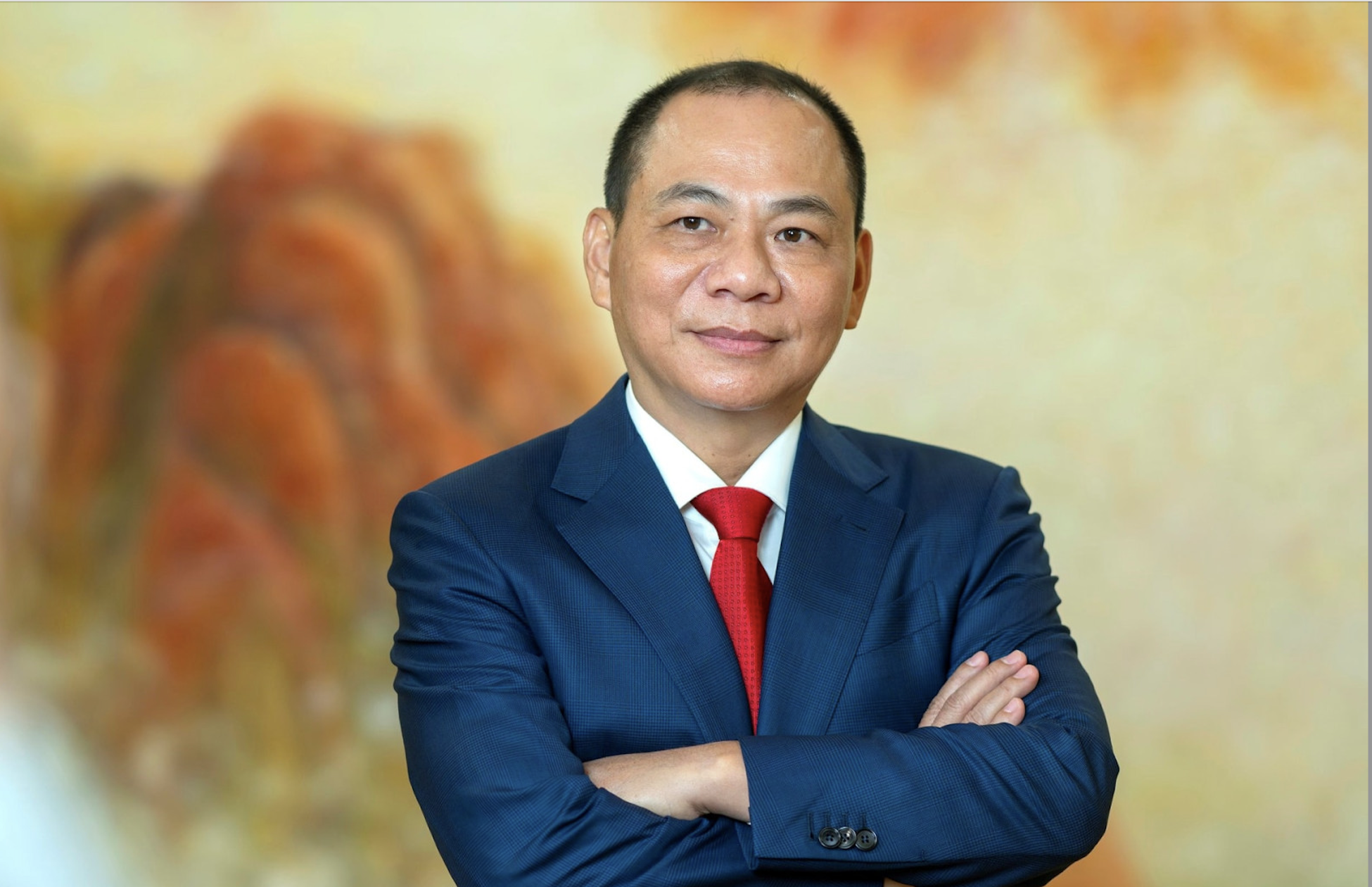















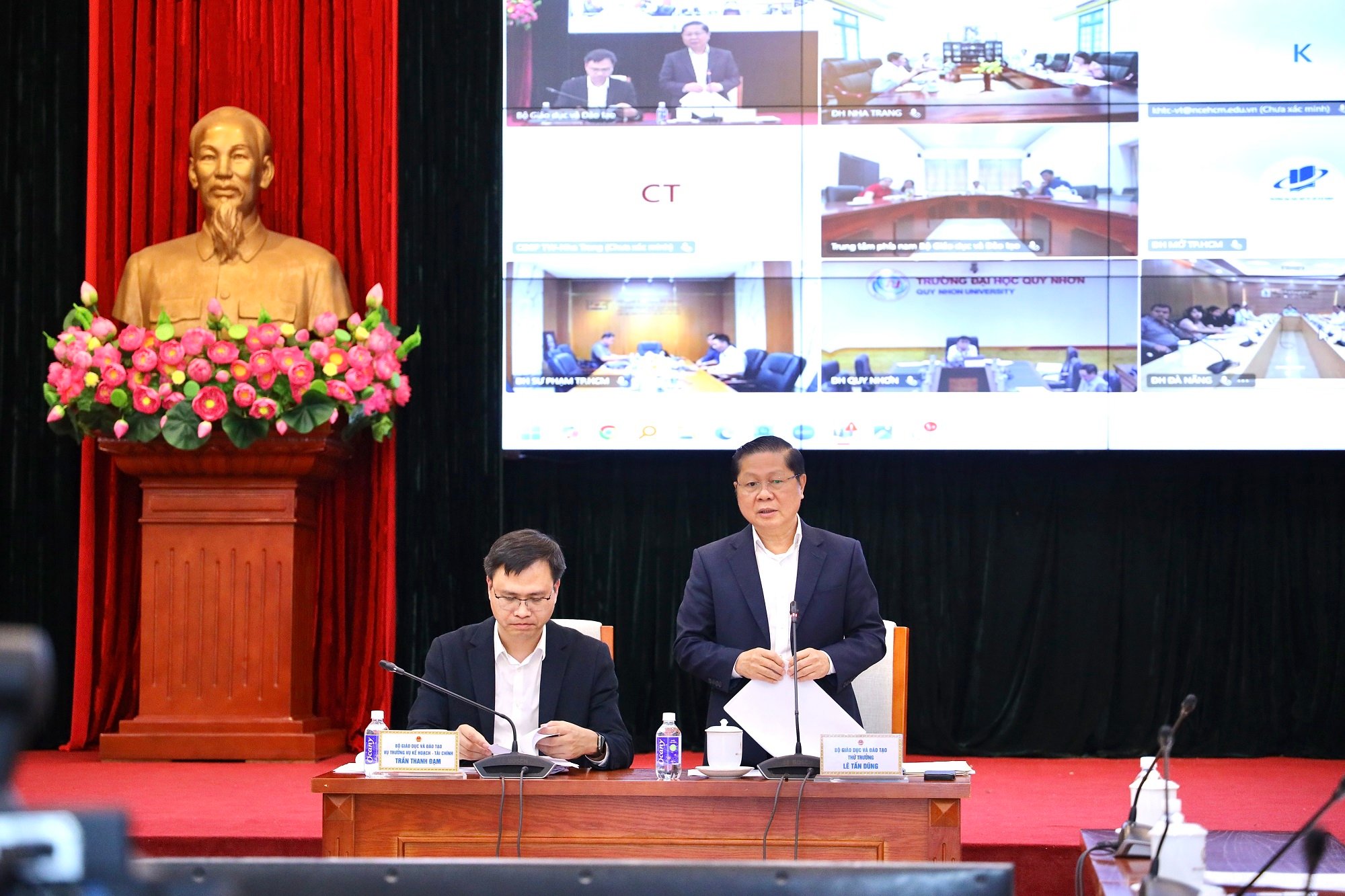
















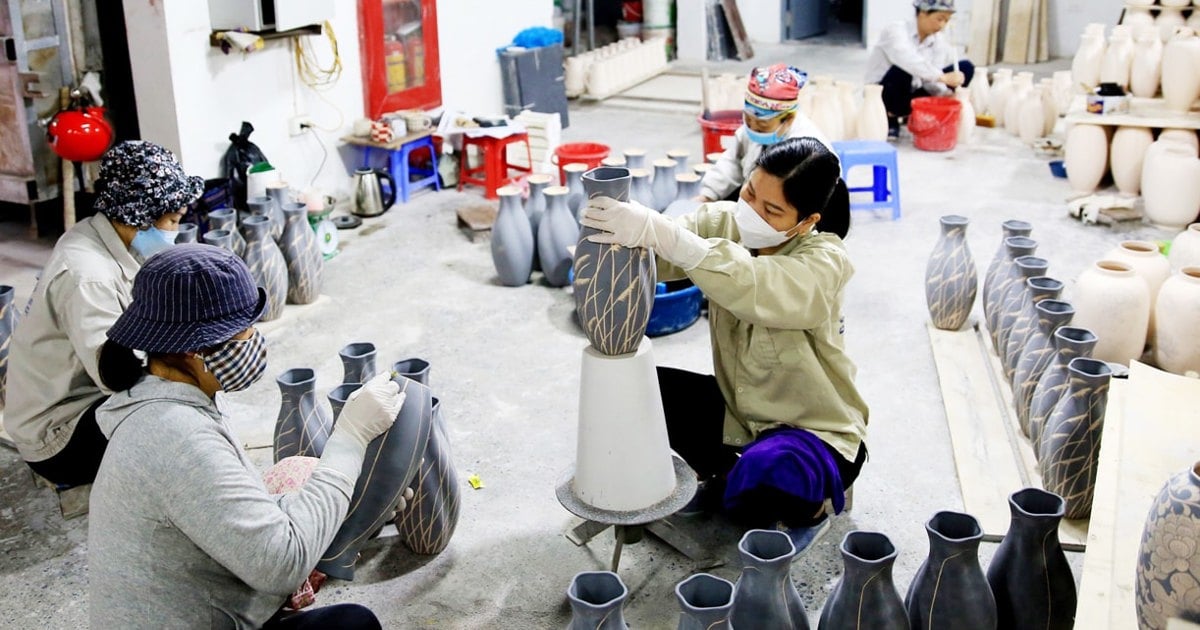

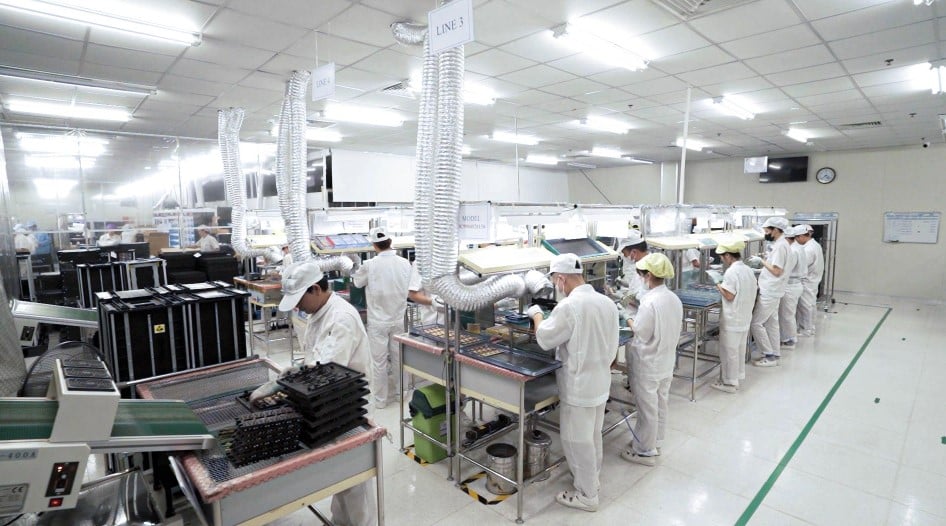
Comment (0)